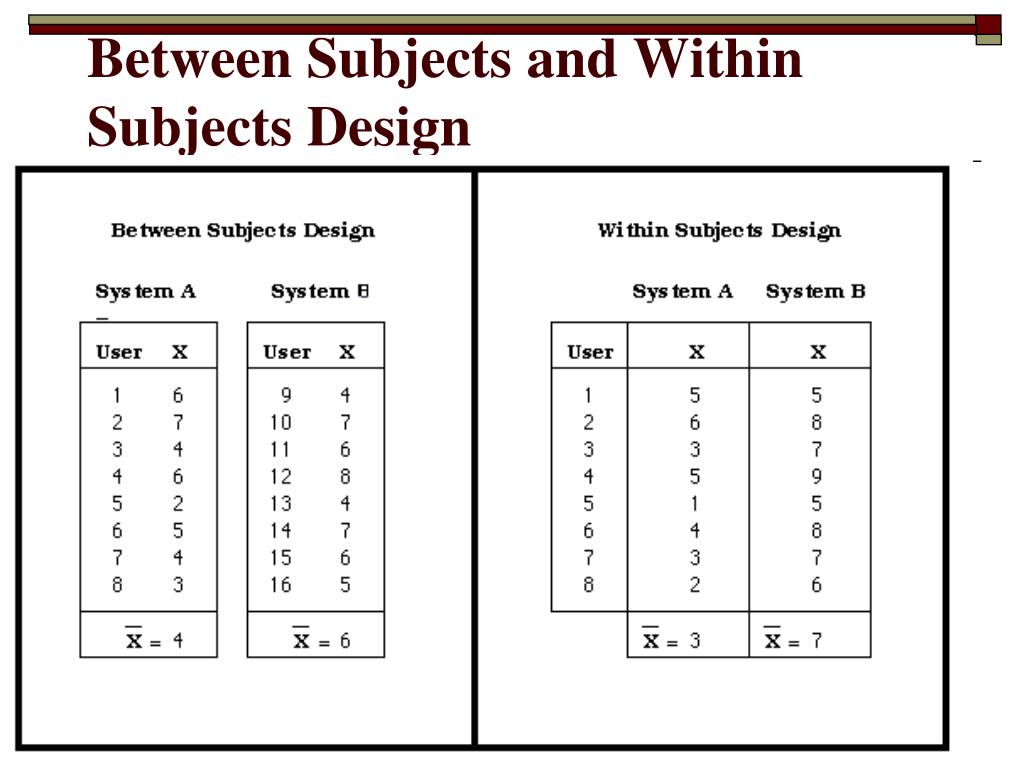
If I understand your post correctly I can compute the required sample size by first determining the sample size that would be needed in a pure between-subjects design (e.g., by using G*Power) and then plugging the resulting value as well as the correlation between the repeated measurements into the formula at the top of your post. I am trying to do a power analysis for a new experiment (varying 2 factors in a 2x2 within-subjects design) that is based on a pilot study. However, negative correlations between dependent variables in psychology are rare, and perfectly negative correlations will probably never occur. Participant, making a within design more work than a between-design. In a within-design you will need to collect two measurements from each

Participants in a within-design and 128 participants in a between-design, but Note than when the correlation is -1, you need 128 Of within designs, and whenever the correlation is negative (up to -1) the

The higher the correlation, the larger the relative benefit Needs half as many participants as a between-subject design (e.g., 64 insteadġ28 participants). If the correlation is 0, a within-subject design simply The correlation between the two dependent variables, as indicated by the (1- ρ) This reduces the sample size compared to a between-subject design depends on

Within design every participant provides two data-points. The “/2” part of the equation is due to the fact that in a two-condition


 0 kommentar(er)
0 kommentar(er)
